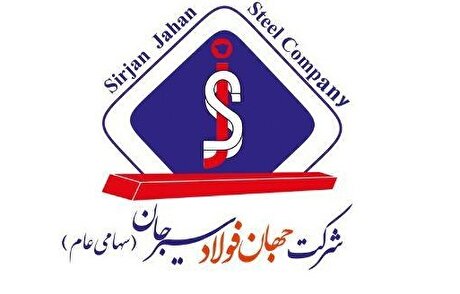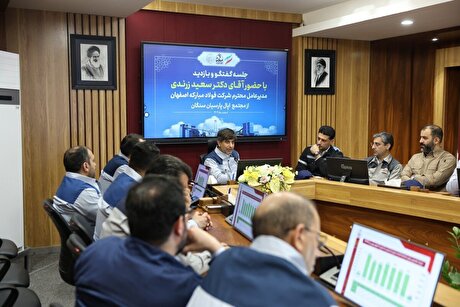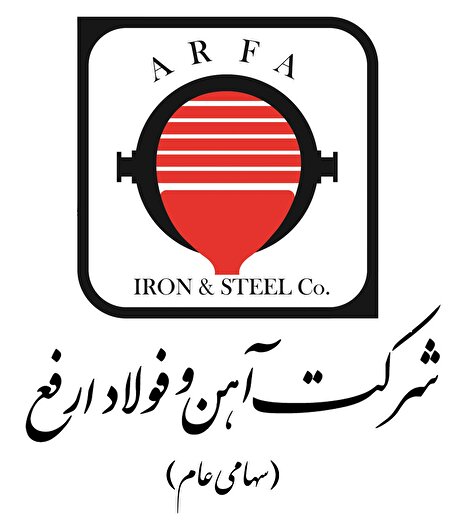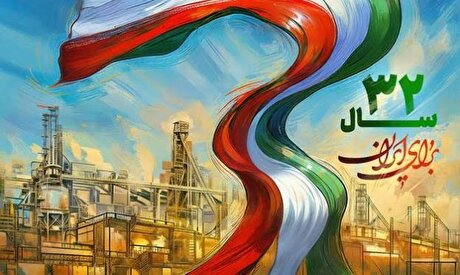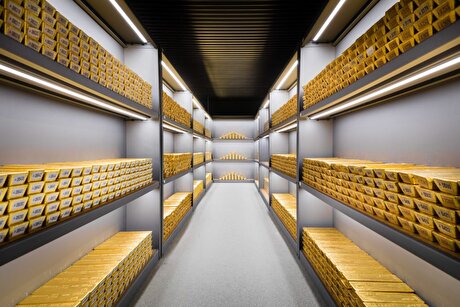
Central Bank of Iran allocates $15bn to imports of essential goods

The Central Bank of Iran has provided $15 billion for the import of essential goods in the first four months of the current Iranian year (March 21-July 22), 27% more than the corresponding period of last year.
Also known as necessity goods, essential goods are products consumers will buy, regardless of changes in income levels.
The provision of subsidized foreign currency at the rate of 42,000 rials per US dollar increased by 70% to reach $4.6 billion during the same period, CBI reported on its website.
The latest statistics show it has supplied $1,546 million to import corn, barley and wheat; $1,124 million for oilseeds and unprocessed oil; $1,171 million for pharmaceuticals and medical equipment, and $348 million to import soymeal.
A total of $10.4 billion have been provided for importing other commodities, indicating a 15% growth year-on-year. For example, $3,564 million have been provided for the import of machinery during the period.
According to Mehdi Mirashrafi, the head of the Islamic Republic of Iran Customs Administration, Iran imported 9.4 million tons of essential goods from March 21 to July 22, of which 8.4 million tons were six government subsidized items.
“Over 4.6 million tons of essential goods have arrived at ports of entry, 400,000 tons of which are being unloaded and more than 1 million tons are in vessels waiting to be unloaded. The strategic reserves of essential goods stand at 15.5 million tons,” he added.
Cellphones, feed corn, sunflower oil, barley, soymeal, wheat, soybeans, sugar and rice were major imports of the country during the period.
Noting that customs clearance procedures have accelerated significantly by IRICA following directives approved about gradual and on credit clearance of essential goods, the official added, “The daily discharge of 47,000 tons of goods from Imam Khomeini Port in the first quarter increased to 62,000 tons in the fourth month of the year (ending July 22), indicating a 32% rise.”
With 40 wharfs, 140 kilometers of railroads within its premises and the latest loading and unloading facilities, Imam Khomeini Port in the southern Khuzestan Province is the hub of essential goods imports.
Close to 90% of Iran’s demand for livestock feed raw material as well as 80% of grains are imported through this southern port.
In the fiscal 2019-20, the port handled nearly 15.7 million tons of essential goods.
Fiscal 2020-21 in Review
A total of 23 million tons of essential goods worth $12 billion were imported into Iran during the last Iranian year (March 2020-21), according to the spokesperson of the Islamic Republic of Iran Customs Administration.
“The lion’s share of this sum amounting to 13.44 million tons worth $3.74 billion pertained to livestock and poultry feed. This volume accounted for 58% and 31% of the weight and value of last year’s total essential goods imports respectively,” Rouhollah Latifi was quoted as saying by IRNA.
The spokesman noted that corn stood at 9.78 million tons worth $2.5 billion, soymeal reached 1.82 million tons worth $793.94 million and barley hit 1.83 million tons worth $457.32 million.
“Some 2.34 million tons of oilseeds worth $1.25 billion, in addition to 1.14 million tons of refined edible, semi-solid, liquid and unprocessed oils worth $1.06 billion, were imported during the period under review,” he added.
The imports also included around 14,798 tons of medicines as well as medical equipment worth $1.64 billion and a total of 451,000 tons of livestock and poultry medicines worth $64.16 million.
“Our food imports also included 936,809 tons of rice worth $868.53 million, 3.02 million tons of wheat worth nearly $841.23 million, more than 1.01 million tons of unrefined sugar worth $370.66 million, 64,822 tons of dried tea leaves worth $329.12 million, 175,260 tons of different kinds of pulses worth $144.04 million, 30,487 tons of frozen or cold heavy livestock meat worth $133.27 million, 9,801 tons of butter worth $51.46 million and 4,422 tons of warm light livestock meat worth $29.17 million,” Latifi said.
“Imports of essential goods for industrial purposes and production mainly consisted of 51,415 tons of machinery worth $510.8 million, 207,583 tons of different types of paper worth $190.1 million, 231,064 tons of paper pulp worth $181.06 million, 252,204 tons of fertilizers worth $153.08 million, 9,074 tons of pesticides and insecticides worth $86.27 million and 6,019 seeds of different kinds of plants worth $83.63 million.”
The IRICA spokesman added that a total of 76,716 tons of heavy vehicle tires worth $282.84 million were imported over the period.
According to IRICA chief, Iran imported 3.5 million tons of essential goods worth $9.7 billion from China, 5 million tons worth $9.6 billion from the UAE, $4.3 billion from Turkey, 2.2 million tons worth $2.1 billion from India and 1.2 million tons worth $1.8 billion from Germany in the year to March 20.
According to Mojgan Khanlou, a senior official with the Plan and Budget Organization of Iran, the government is allowed to gradually discontinue the allocation of subsidized forex to import essential goods during the first half of the fiscal 2021-22.
“As a result, prices will increase to some extent and demand will decline and a relative recession will eventually prevail,” Kaveh Zargaran, chairman of the commission and secretary of the Federation of Iranian Food Associations, has been quoted as saying.
“Up to 2.8 million tons of essential goods, including rice, vegetable oils and unprocessed sugar, which were purchased in the last Iranian year [March 2020-21], will be imported during the first five months of the current Iranian year [ended Aug. 22],” Amir Talebi, an official with the Government Trading Corporation of Iran, said.


Platinum price surges to 11-year high on supply concerns
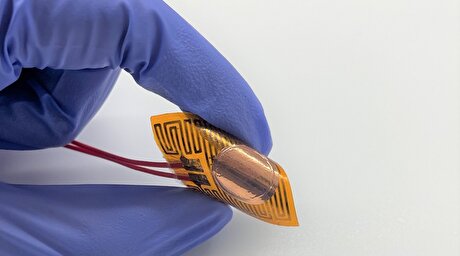
Copper price surges to highest since March record

Mali to restart production at Barrick’s Loulo‑Gounkoto gold mine

Energy Fuels’ rare earth JV in Australia receives regulatory OK

CHART: The brutal economics of EV battery lithium
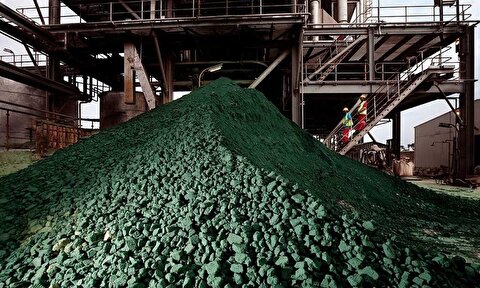
Cobalt price surges after Congo extends ban

Central Asia Metals ups offer for New World Resources to fend off Kinterra

Vale’s new CEO aims to make Brazilian miner the world’s biggest

Magna’s Crean Hill project receives Ontario gov’t funding

Researchers develop sustainable method to extract gold from ore and electronic waste

Gold miners stack records
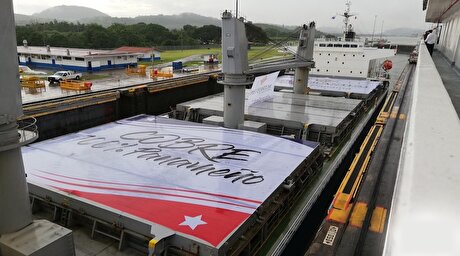
First Quantum starts shipping stockpiled copper from Panama mine

Gold price falls 2% on US-China trade agreement

Trump ally eyes Congo mine vital to global tech

Copper price down after $0 Chinese smelter deal

Magna’s Crean Hill project receives Ontario gov’t funding

Cobalt price surges after Congo extends ban

Central Asia Metals ups offer for New World Resources to fend off Kinterra

Kenorland options three gold projects in Ontario to Centerra

Researchers develop sustainable method to extract gold from ore and electronic waste

Gold miners stack records

First Quantum starts shipping stockpiled copper from Panama mine

Gold price falls 2% on US-China trade agreement

Trump ally eyes Congo mine vital to global tech

Copper price down after $0 Chinese smelter deal

Magna’s Crean Hill project receives Ontario gov’t funding

Cobalt price surges after Congo extends ban

Central Asia Metals ups offer for New World Resources to fend off Kinterra

